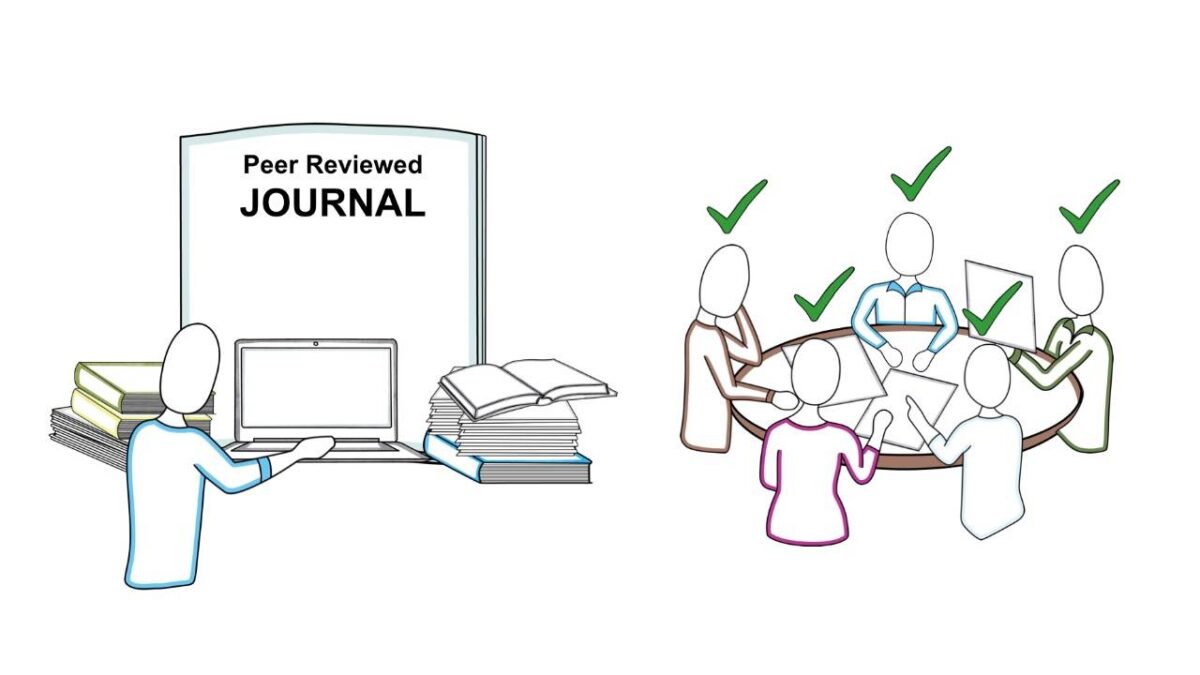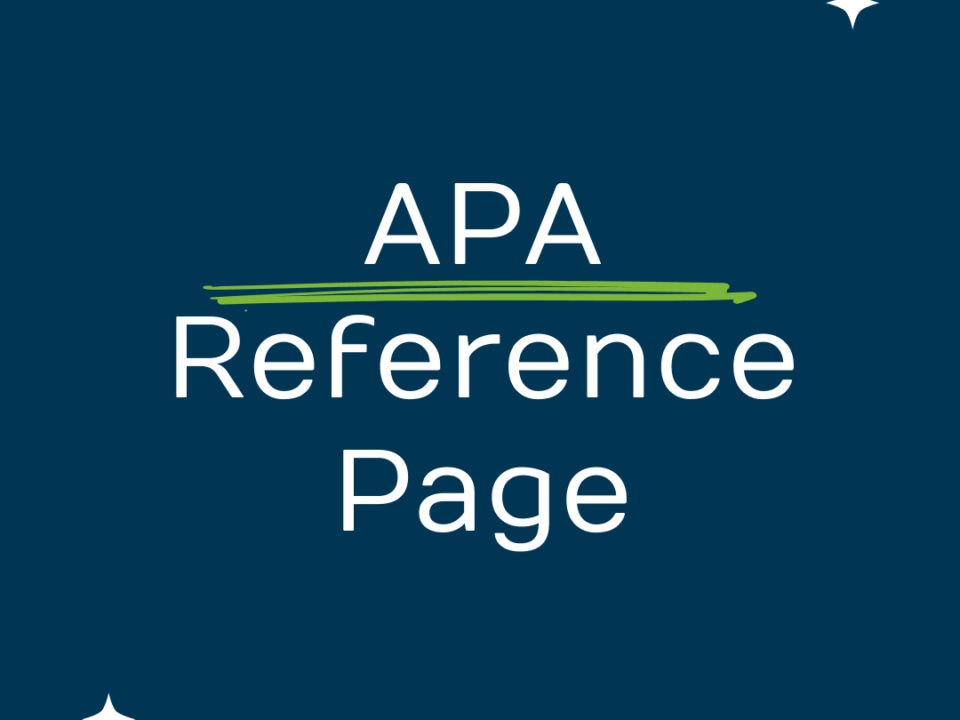
How many co authors can a research paper have
December 26, 2024
Difference Between Review Article And Book Chapter
January 6, 2025Last updated on January 6th, 2025 at 07:41 am
In the expansive world of academic study, pursuing authentic and reliable insight has become increasingly vital. The abundance of available data necessitates researchers, students, and professionals to discern reliable insights from deceptive assertions. Peer-reviewed articles are fundamental to scholarly communication. The stringent process these papers endure improves research quality and maintains the integrity of scholarly discourse. This blog post examines the importance of peer-reviewed papers, highlighting their contributions to knowledge dissemination, accountability, and progress in diverse disciplines. Comprehending their significance can enable you to make informed choices in your academic endeavors and emphasize the worth of study that withstands rigorous examination. Join us as we elucidate the essential function of peer review in academics and beyond.
Understanding Peer Review: The Backbone of Academic Integrity
Peer review is an essential procedure in academia, functioning as a vital instrument for upholding rigorous standards in research. This meticulous process entails the assessment of academic work by specialists in the relevant discipline prior to its publication in scholarly journals. Examining the peer review process reveals its importance in maintaining the integrity and legitimacy of scientific literature. The primary aim of peer review is to verify that study findings are valid, substantial, and based on rigorous methodology. Reviewers evaluate multiple components, such as the clarity of hypotheses, suitability of study design, analytical rigor, and validity of findings derived from data. Their comment assists in spotting potential faults and provides constructive criticism that improves the manuscript’s overall quality, eventually benefiting both the authors and the wider academic community.
The peer review process often comprises multiple steps that collectively enhance the validation of findings. Authors first submit their articles to a journal, where an editorial team assesses the submission for compliance with fundamental rules and its relevance to the publication’s scope. After successfully completing this initial assessment, independent reviewers with subject area expertise receive the document. The reviewers rigorously evaluate the study, offering views on methodology, interpretation of findings, and potential ramifications of the research. Their goal is to ascertain whether the available evidence supports the drawn findings, ensuring compliance with established scientific standards.
Furthermore, peer review serves as a protection against unfounded assertions and incorrect conclusions. In an information-saturated environment, distinguishing reputable research from pseudoscientific claims is essential. The rigorous examination that manuscripts get during peer review helps avert the spread of erroneous or untrustworthy material. This approach is essential for maintaining public confidence in academic research and the policy decisions derived from it. Studies that undergo this stringent examination acquire a degree of legitimacy that can shape future research trajectories and guide practice within their field.
Moreover, peer review transcends the simple assessment of individual publications; it cultivates a culture of accountability within the research community. We encourage researchers to maintain high standards of transparency, integrity, and rigor in their research, understanding that their colleagues will scrutinize their work. This collective vigilance encourages ongoing enhancement and cultivates a cooperative ethos among researchers, as the exchange of knowledge results in superior research methodologies and inventive resolutions to intricate issues.
The Role of Peer-Reviewed Articles in Advancing Scientific Knowledge
Peer-reviewed articles play an important role in advancing scientific knowledge by ensuring that research articles are thoroughly scrutinized before publication. This process enhances the integrity and quality of the scientific literature and allows researchers to examine how peer-reviewed articles facilitate knowledge sharing on topics Peer review processes act as gatekeepers, somewhere with experts in specific fields critically examining study methods, outcomes, and interpretation. Consequently, only information that meets established scientific standards contributes to the knowledge base, building confidence and trust among researchers and practitioners
One notable example of peer-reviewed research leading to significant success is the development of mRNA vaccine technology during the COVID-19 pandemic. Studies published in high-impact journals thoroughly described the mechanisms of mRNA vaccines, enabling rapid global coordination and vaccine efforts to protect people. A rigorous peer review process ensured that efficacy and safety claims were validated, thereby building public confidence and acceptance of these new treatments and many more in energy production in another Peer-reviewed article covers advances in solar energy panel efficiency and battery storage technologies, contributing to widespread adoption and deployment of sustainable energy solutions
In environmental science, peer-reviewed data have played an important role in shaping climate change policy and practice. Research analyzing climate models and their implications has led to important international agreements such as the Paris Agreement.
Navigating the Sea of Information: Why Peer-Reviewed Sources Matter
In today’s digital age, the amount of information at our fingertips poses significant challenges, especially in the information overload. The myriad sources from blogs, social media posts to unverifiable websites have made the distinction between credible and unreliable sources more difficult Researchers and laymen often make overwhelmed by an ocean of information, creating increasing challenges in making informed decisions. Prior to publication, these articles undergo rigorous professional review, ensuring that the research is not only original but methodologically sound and ethical pa is used. This assessment provides the credibility and reliability necessary for academic research and everyday understanding of complex issues.
Peer-reviewed materials play several important roles in addressing the challenges posed by information overload. First, existing research is synthesized, extracting large amounts of information into meaningful conclusions. This gives readers insight without having to wade through pages of inaccurate information or biased opinions. Second, peer-reviewed articles are generally more comprehensive and informative than non-peer-reviewed articles. Clear methods, detailed analysis, and clear references are provided, enabling readers to understand the source of data and arguments. Such transparency builds trust in the feedback and encourages further research and discussion within and beyond the academic community.
Peer Review Process Explained: A Journey from Submission to Publication
The great quantity of facts at our fingertips poses enormous demanding situations, particularly in the facts overload. With so much information starting from blogs and social media posts to unverified websites, the distinction between credible and unreliable sources has turned out to be greater complex Researchers and the general public frequently are overwhelmed by using the full-size ocean of statistics, making it tough to make knowledgeable choices. In this context, peer-reviewed records emerge as a critical aid for navigating this difficult terrain. Before the guide, those articles undergo rigorous professional evaluation, ensuring that the research is not the simplest original however methodologically sound and ethical pa is used. This assessment presents the credibility and reliability essential for academic studies and a normal understanding of complex problems. Peer-reviewed materials play several vital roles in addressing the demanding situations posed via facts overload. First, present studies are synthesized, extracting large amounts of records into meaningful conclusions. This offers readers perception without having to wade through pages of faulty facts or biased evaluations. Second, peer-reviewed articles are generally extra complete and informative than non-peer-reviewed articles. Clear techniques, precise evaluation, and clear references are provided, enabling readers to apprehend the source of information and arguments. Such transparency builds agreement within the comments and encourages similar research and dialogue inside and past the educational community.
Evaluating Research Quality: The Significance of Peer Review in Scholarly Publishing
Peer review is a crucial issue of scholarly publishing, serving as a strong mechanism for comparing studies first-rate before dissemination. During the peer evaluation process, reviewers assess submissions towards numerous installed standards, along with the originality of the research query, the rigor and appropriateness of the method, the robustness of the facts analysis, and the readability and coherence of the presentation. By meticulously scrutinizing these aspects, peer reviewers can clear out susceptible research that could lack scientific rigor or fail to contribute meaningful insights to their respective fields. This thorough assessment now not simplest complements the overall integrity of the posted literature but also bolsters the credibility of the findings presented, thereby fostering a depended-on environment for scholars and practitioners alike. Ultimately, the importance of peer evaluation lies in its role as a gatekeeper, making sure that the best notable studies, which meet rigorous instructional requirements, reach the public area.
The Impact of Peer-Reviewed Research on Policy Making
Peer-reviewed studies performs a essential position in shaping public coverage decision-making throughout diverse sectors, together with healthcare, training, and environmental technology. By fastidiously analyzing and validating clinical findings, peer-reviewed research offer policymakers with credible evidence needed to tell their selections. For instance, in the realm of healthcare, the successful implementation of smoking bans in several countries can be attributed to sturdy peer-reviewed studies demonstrating the health dangers related to secondhand smoke. In training, research on early childhood education applications has influenced investment and coverage projects aimed toward enhancing knowledge of consequences for young youngsters. Similarly, in environmental technological know-how, peer-reviewed studies on weather trade have caused substantial coverage shifts, as visible in the embrace of renewable energy technologies by way of many governments. These real-global examples highlight how the credibility and rigor of peer-reviewed research function an important basis for effective policy method, in the long run driving development and fostering knowledgeable decision-making.


